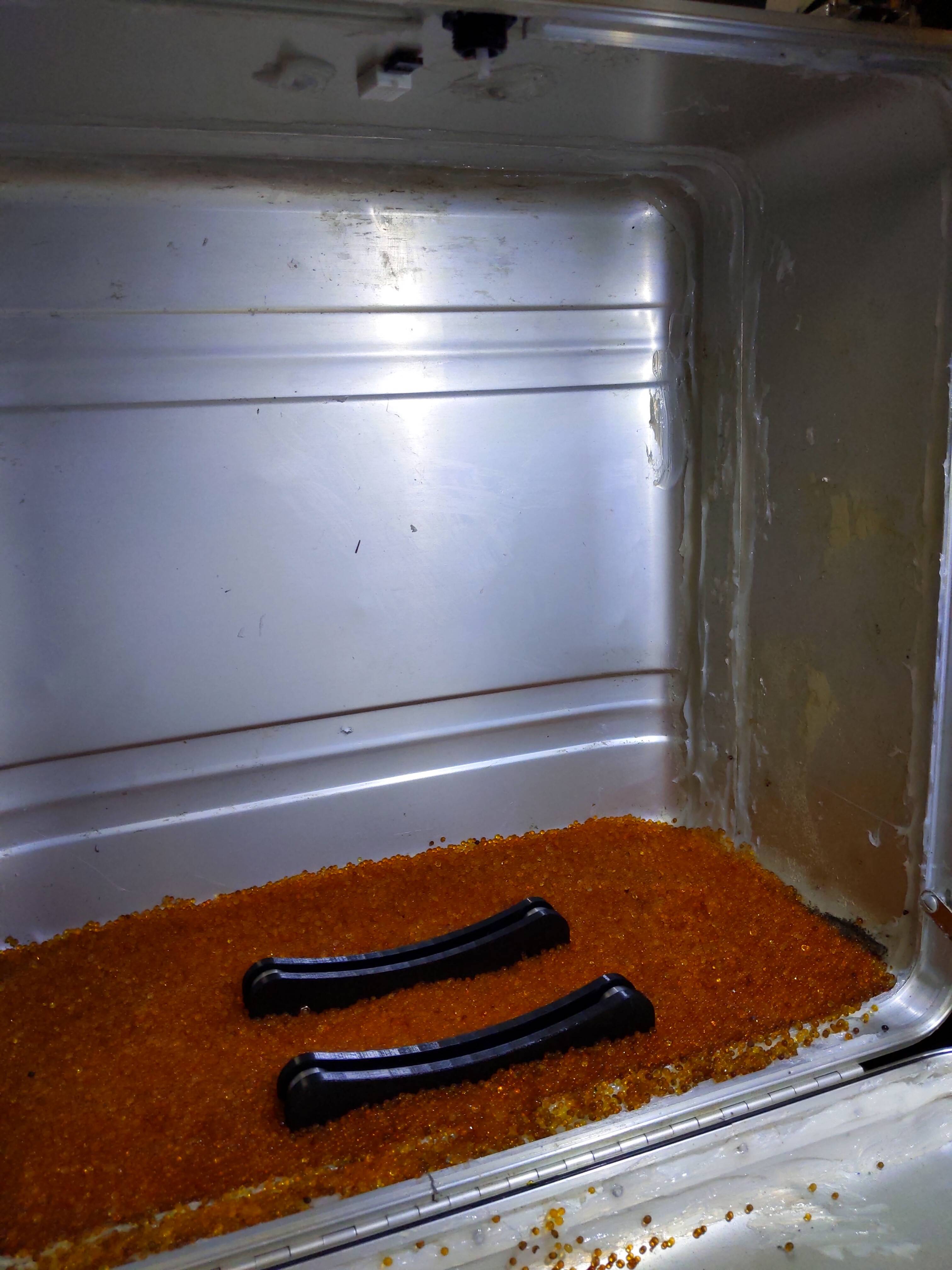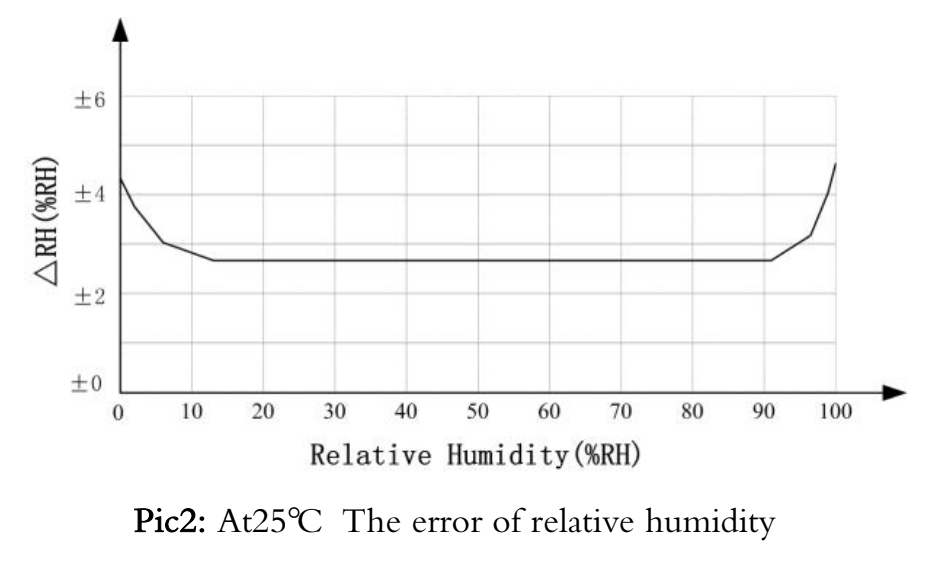I have recently, in anticipation of printing carbon-fiber-reinforced nylon filament (Polymaker PA6-CF) on my Prusa i3 MK3S, built a filament drybox. It is made out of a large aluminum equipment enclosure which I had spare, every seam, rivet, hinge mount, foot screw, sealing lip, etc of which has been sealed with copious amounts of high-quality silicone sealant (this is condensation-curing silicone, so it does release a small amount of moisture as it cures, but it has been in here several days and is about as cured as it gets now). The lip around the edge of is clamped hard against a rubber sealing ring, which I have cleaned meticulously, when the lid of the box is closed and latched. In short, it is, by 3D printer drybox standards, unusually well-sealed.

 (yes, I know my silicone work is a mess, but let nobody say I missed a spot!)
(yes, I know my silicone work is a mess, but let nobody say I missed a spot!)
For drying, I have poured two pounds of orange self-indicating silica gel, freshly regenerated, directly into the bottom of the box, exposing the maximum possible surface area (as opposed to having it in a container).
Humidity is monitored by a DHT22 temperature/humidity sensor, connected to an external microcontroller used for data reporting. The wire passthrough is a 1mm diameter hole in a custom 3D-printed passthrough (held in by a printed nut) with 3 pieces of magnet wire running through it, sealed with glue from both ends. I really doubt it's leaking through this either. The datasheet for this sensor indicates it should be accurate even at low humidities, and is accurate to +/- ~2.5% RH over most of its range and does not exceed +/- 5% anywhere. Per the datasheet, its accuracy should far-exceed that of the little battery-powered digital hygrometers many drybox builds seem to use.

Despite all of this, per the DHT22, it only reaches between 16.1 and 16.5% RH. As I understand it, a well-sealed drybox with well-exposed desiccant should be capable of better than this - I've seen sub-10% reported online. It's also worryingly close to the 20% maximum storage RH of the filament, per its TDS. What's going on here? My only real theories are:
- A lack of internal air circulation has resulted in stratification, with denser dry air close to the desiccant at the bottom and damper air at the top where the humidity sensor is located - this might be fixed with an internal circulation fan?
- My sensor is not as accurate as its datasheet claims
- The desiccant is somehow defective
- My expectations are unrealistic and 16% RH is normal and acceptable performance for such a drybox
Having tried most of the obvious things already (seal the box better, add more desiccant, increase desiccant surface area, let the box settle over days, install a high-quality sensor, ensure nothing inside the box is releasing absorbed moisture, seal the box even better), I'm beginning to expect it's the latter. Is it acceptable to remove my nylon from its sealed packaging and begin storing it in the drybox with this performance? Have others had success with nylon stored at 16% RH (as opposed to the sub-10% RH I've sometimes seen people talk about dryboxes reaching)? Are reported sub-10% readings for other dryboxes on the internet even accurate, or do the cheap little battery-powered hygrometers most DIY dryboxes use read inaccurately low at low humidities?